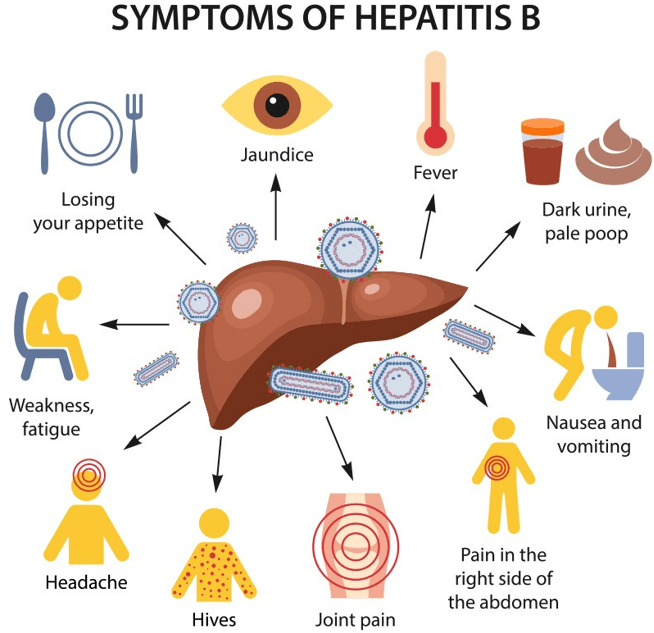The practical nurse (PN) observes a client’s initial postoperative dressing, which is saturated with serosanguinous fluid, and a drainage device that appears partially compressed. Which follow-up actions should the PN implement? (Select all that apply.).
Document the appearance of the wound as inflamed.
Report the appearance of the dressing to the charge nurse.
Remove the drainage device and apply a pressure dressing.
Compress the drainage device before closing the tab.
Clamp the drainage tubing for the next four hours.
Correct Answer : B,D
The correct answers are Choice B and D:
Choice B: Report the appearance of the dressing to the charge nurse,
Choice D: Compress the drainage device before closing the tab.
Choice A rationale:
Documenting the appearance of the wound as inflamed is not appropriate. As a practical nurse, the immediate concern is to take action and report any concerning findings to the appropriate healthcare provider rather than just documenting it.
Choice B rationale:
Reporting the appearance of the dressing to the charge nurse is essential. The charge nurse or a more experienced healthcare provider needs to be informed of any abnormal findings or signs of infection for further evaluation and appropriate intervention.
Choice C rationale:
Removing the drainage device and applying a pressure dressing is not within the scope of practice for a practical nurse. These actions require a higher level of expertise and are typically performed by a registered nurse or healthcare provider.
Choice D rationale:
Compressing the drainage device before closing the tab is a correct action. This helps to ensure that the device is functioning properly, and there are no leaks or obstructions in the drainage system.
Choice E rationale:
Clamping the drainage tubing for the next four hours is not recommended unless specifically ordered by a healthcare provider. Clamping the drainage tubing without appropriate orders may disrupt the normal drainage process and cause complications.
Nursing Test Bank
Naxlex Comprehensive Predictor Exams
Related Questions
Correct Answer is D
Explanation
The correct answer is choice D. Apply a pain scale to describe intensity.
Choice A rationale:
Asking about elements of the pain experience is important for a comprehensive pain assessment, but it is not the most critical aspect immediately after administering an analgesic. This step is more relevant during the initial assessment to understand the nature and characteristics of the pain.
Choice B rationale:
Questioning the client about precipitating factors can help identify what triggers the pain, which is useful for long-term pain management strategies. However, this is not the primary focus after giving an analgesic, as the immediate goal is to evaluate the effectiveness of the pain relief.
Choice C rationale:
Locating where in the body the pain occurs is essential for diagnosing and understanding the pain’s origin. However, after administering an analgesic, the priority is to assess the change in pain intensity rather than its location.
Choice D rationale:
Applying a pain scale to describe intensity is crucial after giving an analgesic because it provides a quantifiable measure of the pain relief achieved. This helps in determining the effectiveness of the medication and guides further pain management interventions.
By focusing on the pain intensity using a standardized pain scale, the practical nurse can objectively evaluate the patient’s response to the analgesic and make informed decisions about any additional pain management needs.
Correct Answer is B
Explanation
This is the greatest health risk for this client because he is likely to inject cocaine and heroin intravenously and share needles with other drug users, which can transmit blood-borne infections such as hepatitis B or C. Hepatitis can cause liver inflammation, cirrhosis, or cancer and may be fatal if untreated.

Whether you are a student looking to ace your exams or a practicing nurse seeking to enhance your expertise , our nursing education contents will empower you with the confidence and competence to make a difference in the lives of patients and become a respected leader in the healthcare field.
Visit Naxlex, invest in your future and unlock endless possibilities with our unparalleled nursing education contents today
Report Wrong Answer on the Current Question
Do you disagree with the answer? If yes, what is your expected answer? Explain.
Kindly be descriptive with the issue you are facing.
